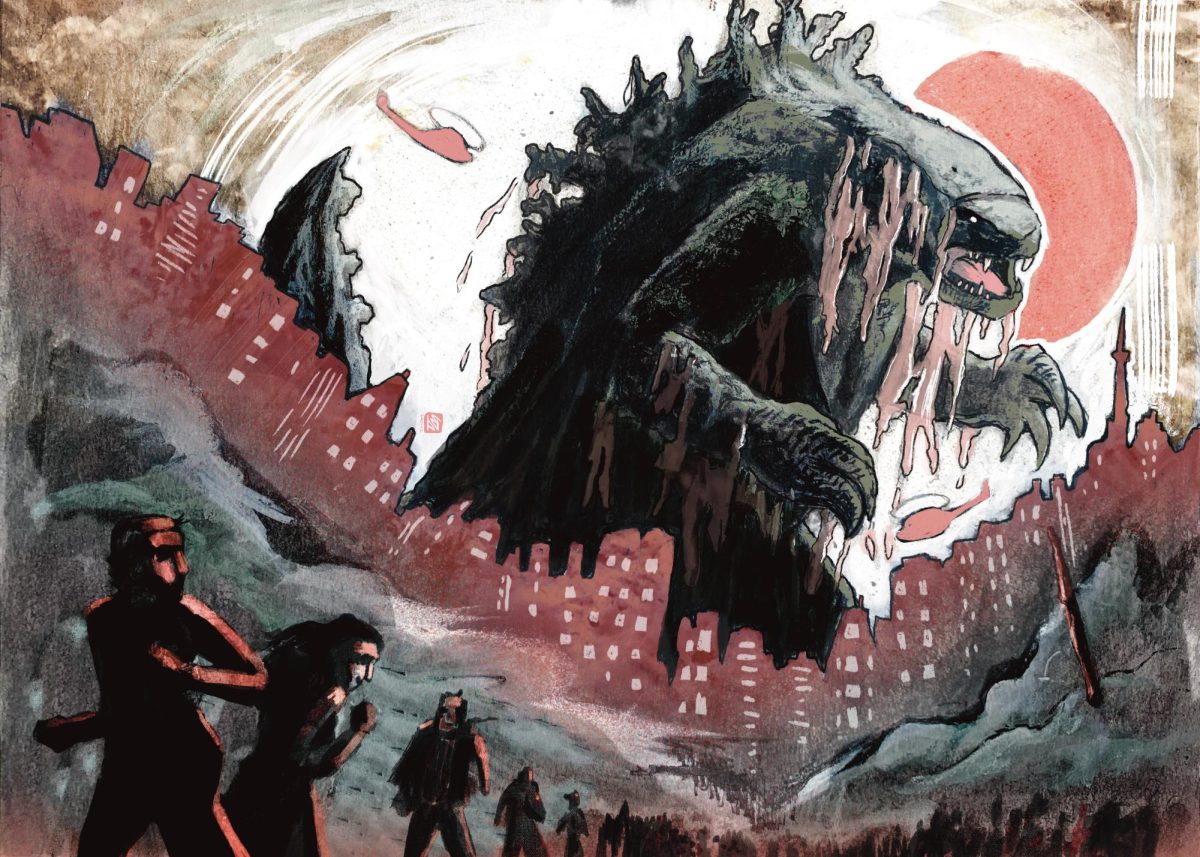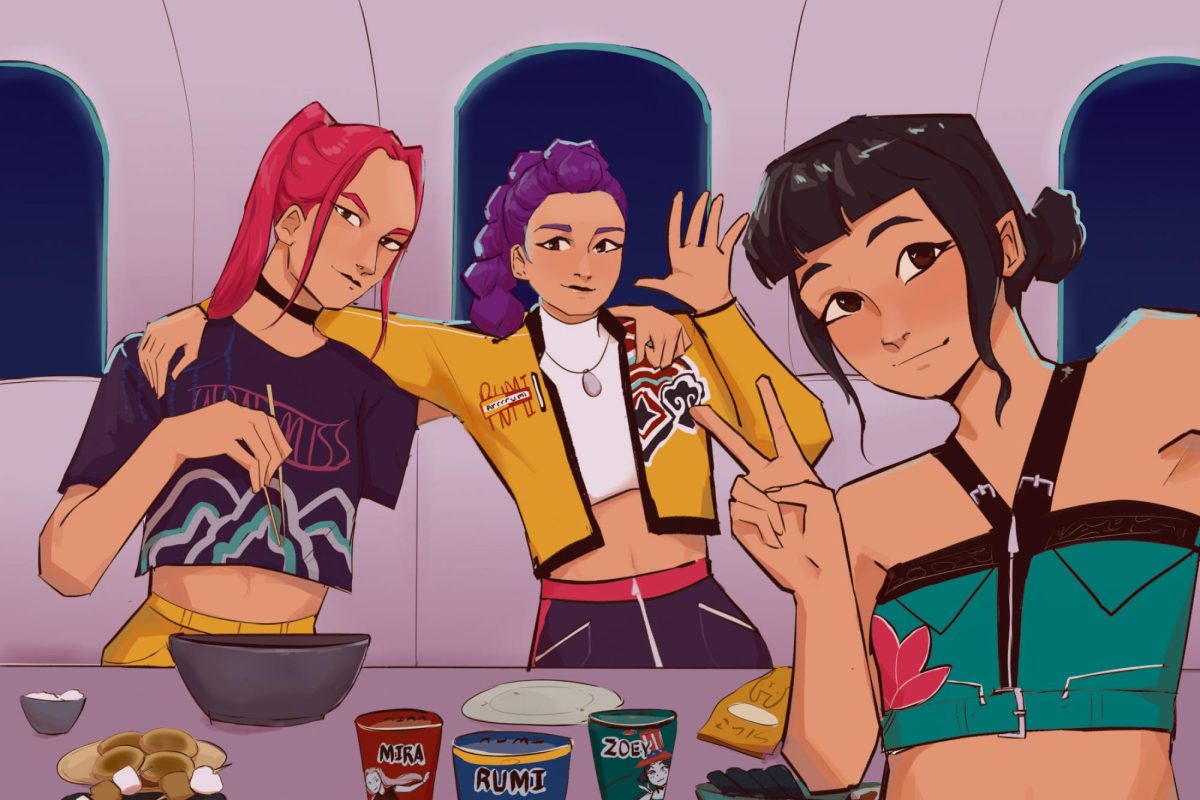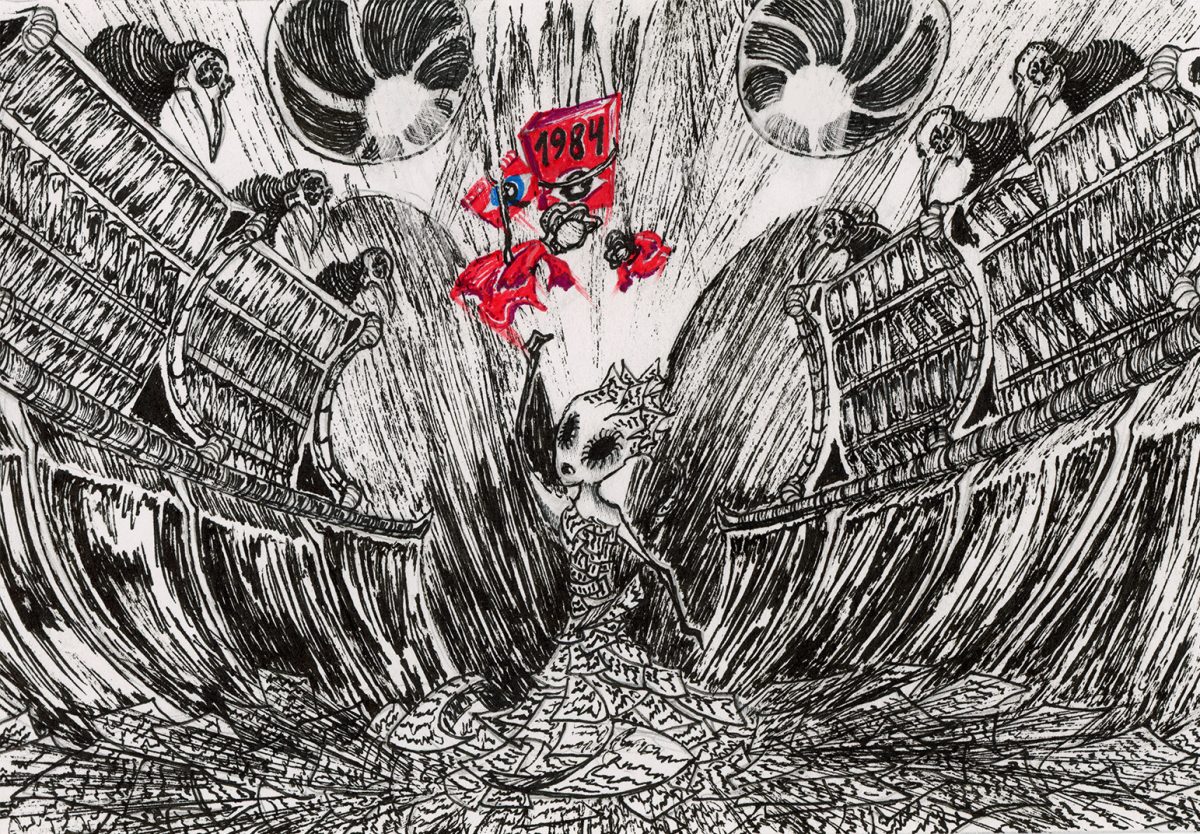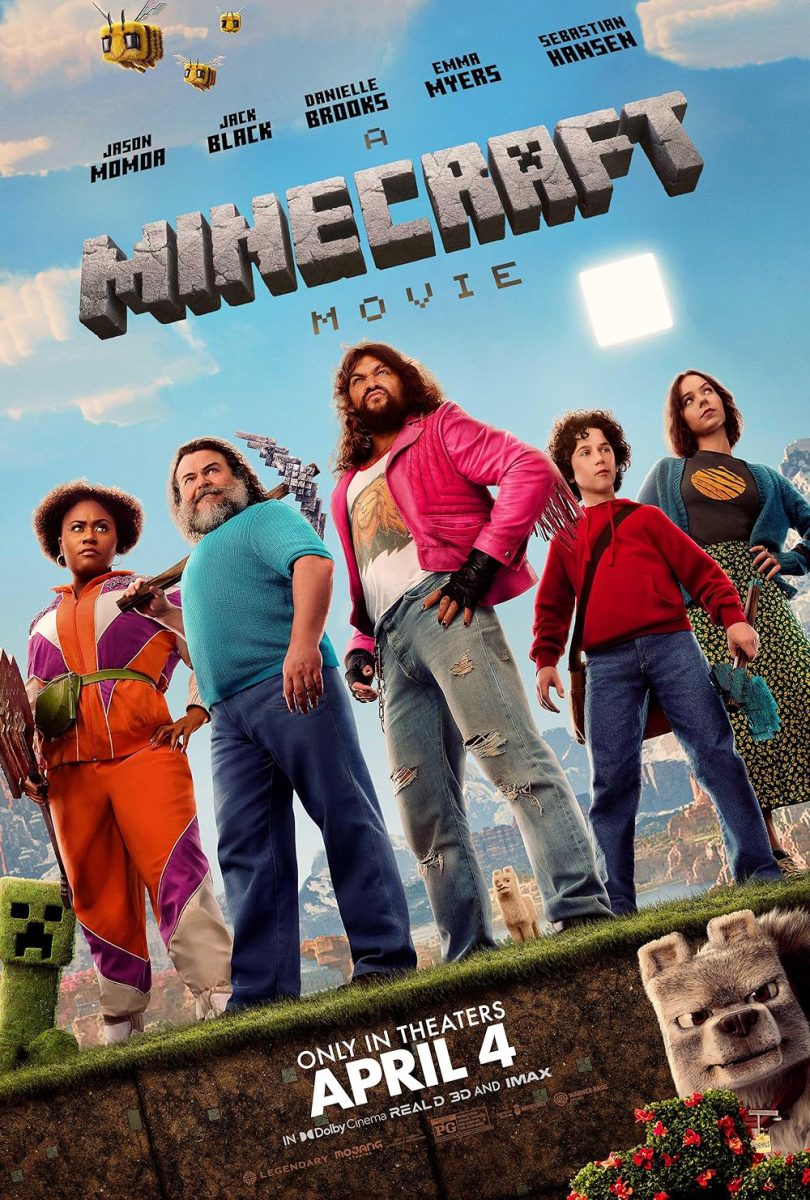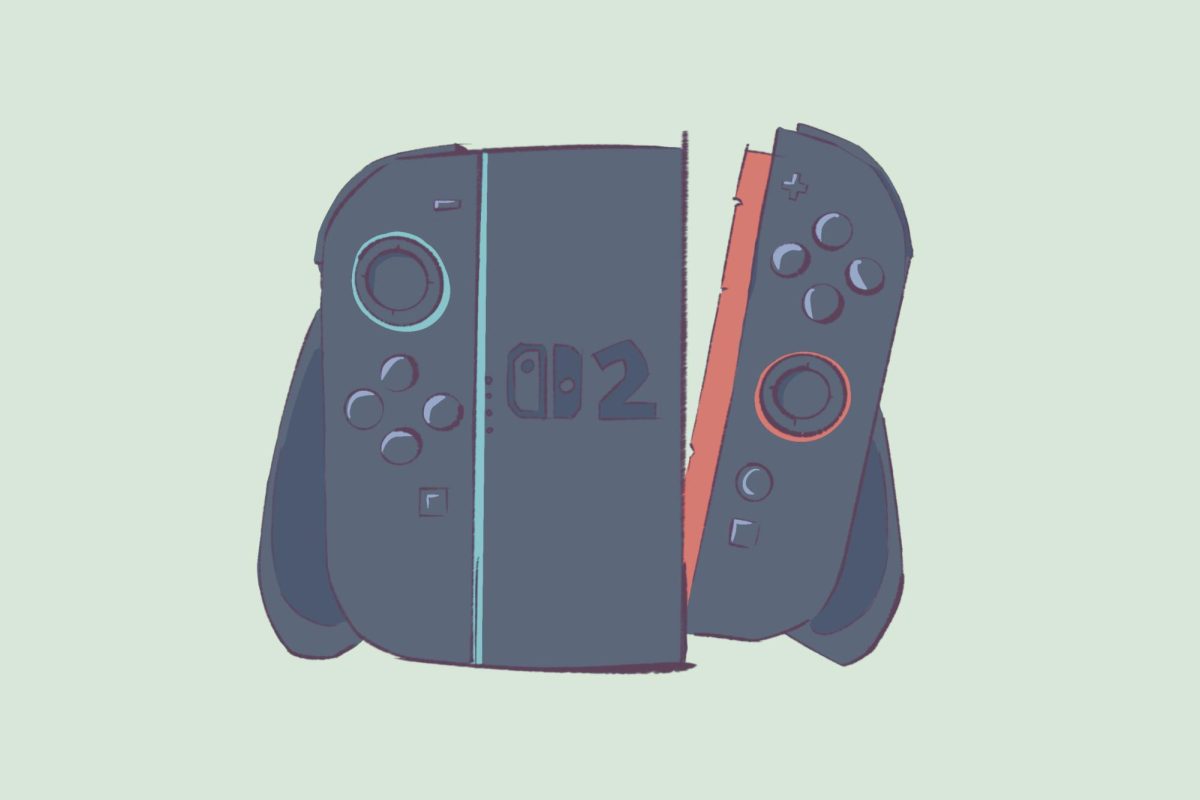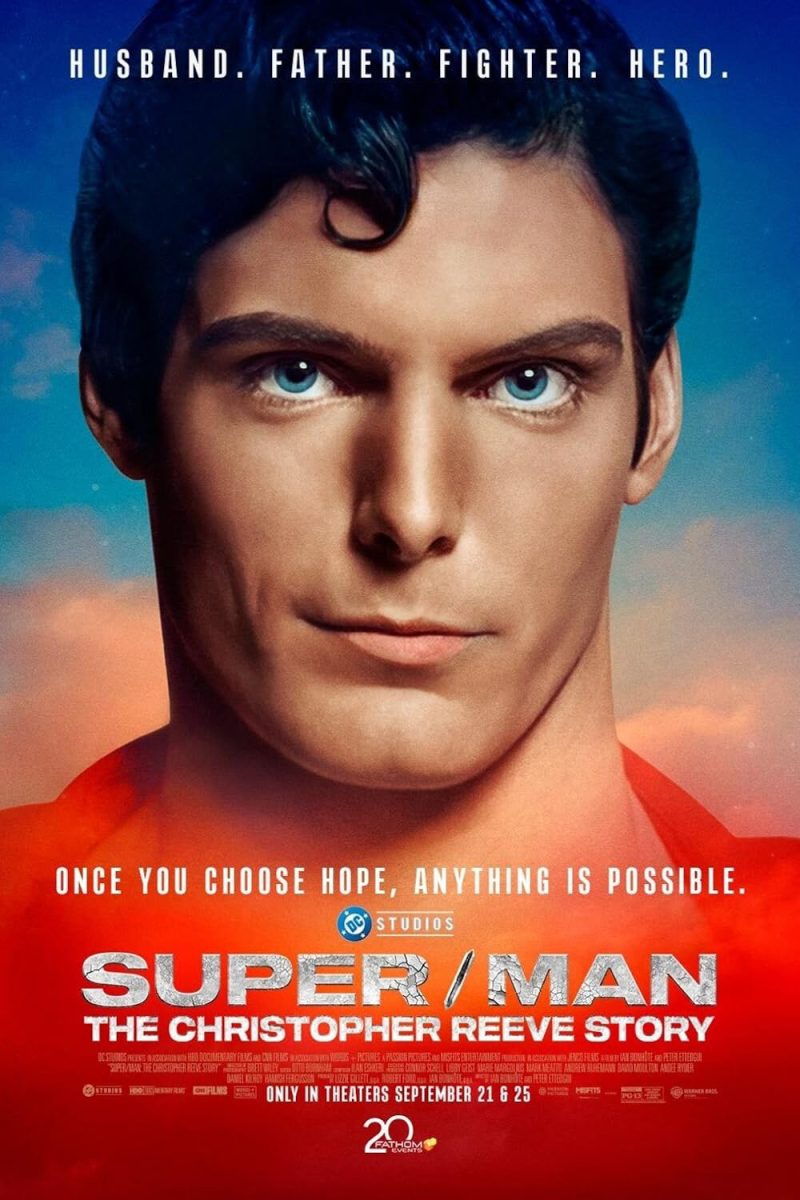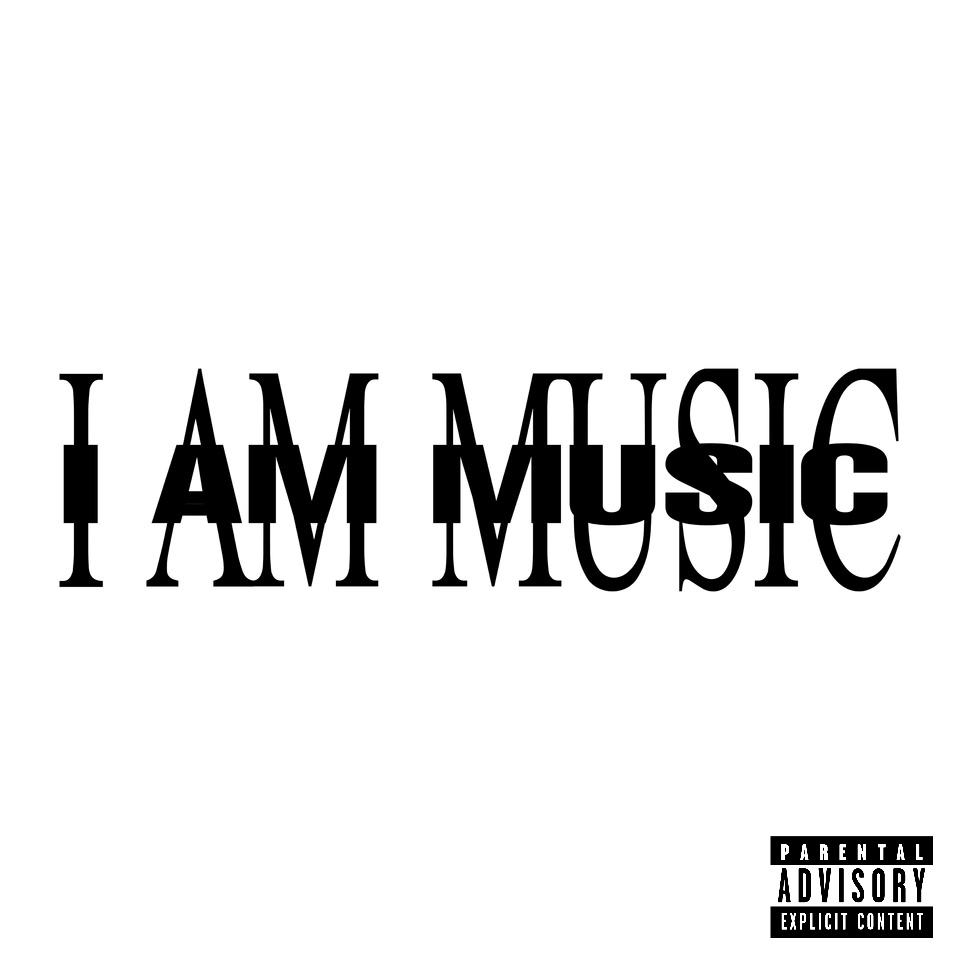Idea and Design Works Publishing released “Godzilla: 70th Anniversary” on May 15, 2024, featuring a one-shot anthropology comic book that includes the nine original stories. Succeeding this is a release of the deluxe hardcover edition that includes a reprint of “Godzilla: Best of Godzilla.” The issue highlights Godzilla’s character and it was released Oct. 22.
Godzilla is a well-known figure throughout the world for many reasons. It represents Japanese pop culture and cinema, particularly the “tokusatsu” and “kaiju” genres. He also serves as a symbol of the destructive power of nuclear weapons, and the terror they can invoke. Later adaptations depict him as the planet’s defense mechanism, summoned to overcome any potential threats to the natural world’s balance.
Tokusatsu films are live-action films and television programs that utilize special effects. Godzilla is regarded as one of the top candidates in this category. Its popularity led to crossovers into other popular genres of Japanese cinema, such as anime, and extended to overseas franchises.
From 1977 to 1978, Marvel released a comic book featuring Godzilla and its encounter with S.H.I.E.L.D. and other superheroes from the United States. Another crossover is a recent seven-issue collaboration between DC Comics, and Legendary Comics with the association of Toho International, where the barrier between Monster verse and Justice League is breached.
What exactly does Godzilla himself represent and what entices the audience about the franchise? For a character to become as renowned as the King of Monsters, it requires a captivating theme and Godzilla delivers. The building blocks of this character were forged in the atomic flames of the Japanese cities Hiroshima and Nagasaki during the nuclear bombing of Japan by US forces during World War II. The force of those explosions and the subsequent fallout of radiation served as a reminder of humanity’s terrifying potential.
As time passed and the day of the bombings grew further away, the Japanese people created and came to look at Godzilla as a personification of the tragedy they experienced hoping that the world may never allow destructive technological advancements to consume humanity and devastate the environment.
When Godzilla was released in 1954, it was originally depicted as a mindless beast and a brutal disaster then evolved as the King of the Monsters to assume a more nuanced and characterized force of nature. Aside from an occasional movie or show, Godzilla’s media introduces him as a guardian that protects the planet and its pre-existing balance of nature. Whether that balance is threatened by a fellow Titan or by the actions of humanity, Godzilla will always respond and seek to unleash his destructive power in the defense of the planet.
In a world where many fan communities fall out of love with their favorite franchises due to drama or disagreements, those in charge of Godzilla’s story made sure to ‘modernize’ the Titan’s story and theme in a way that fans would adore.
Godzilla is a franchise that speaks to the heart of different cultures and eras. The world is continuously shaken by many tragedies, whether man-made or the force of nature. Godzilla represents resilience and survival while serving as a reminder for us to reflect on contemporary issues such as ecological concerns, global conflict and the power of technological advancements.
Of course, outside of themes and symbolism, Godzilla is a great film that all ages can enjoy. So, grab some popcorn, sit back and appreciate the stunning cinematography and spectacle of this franchise.


